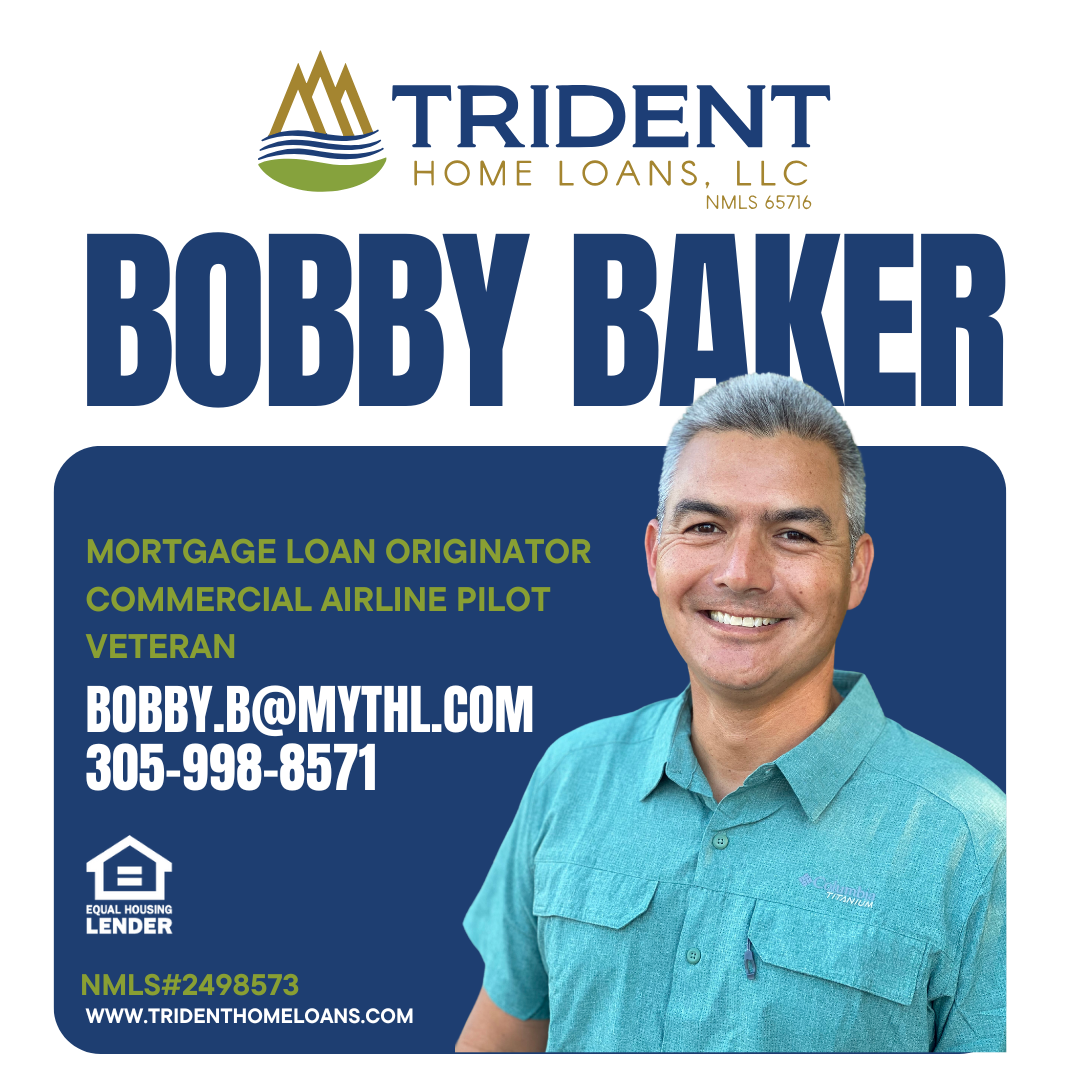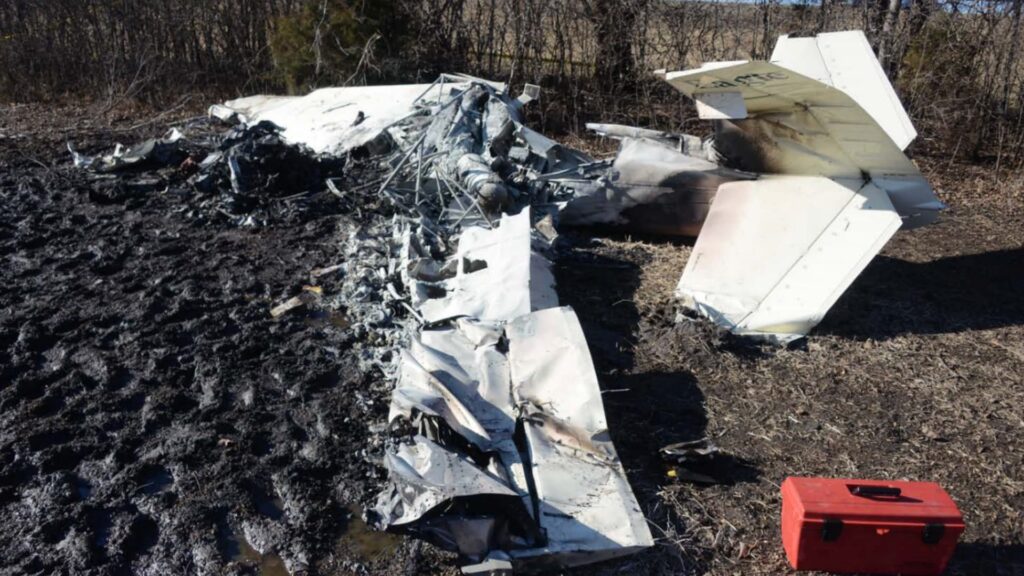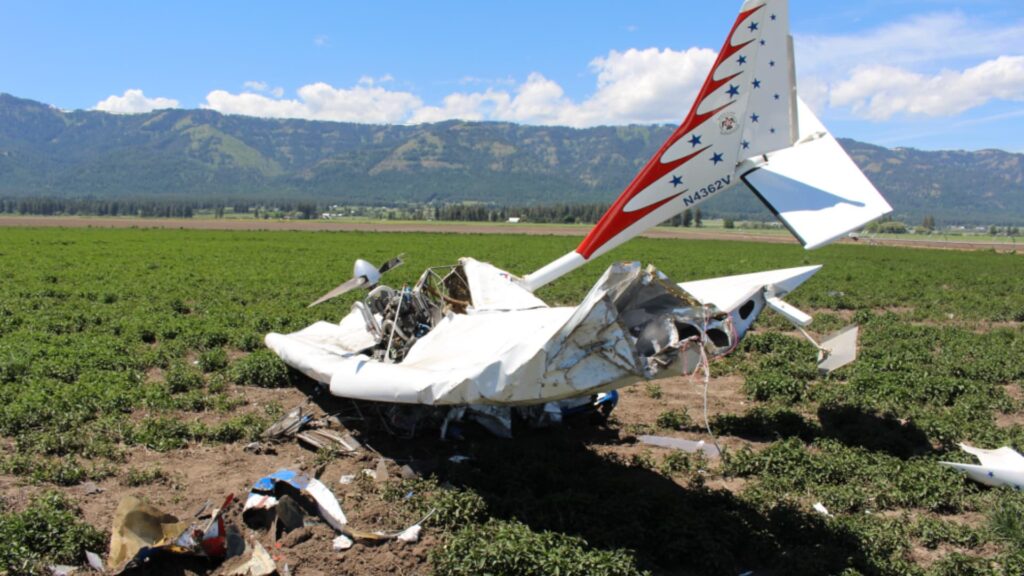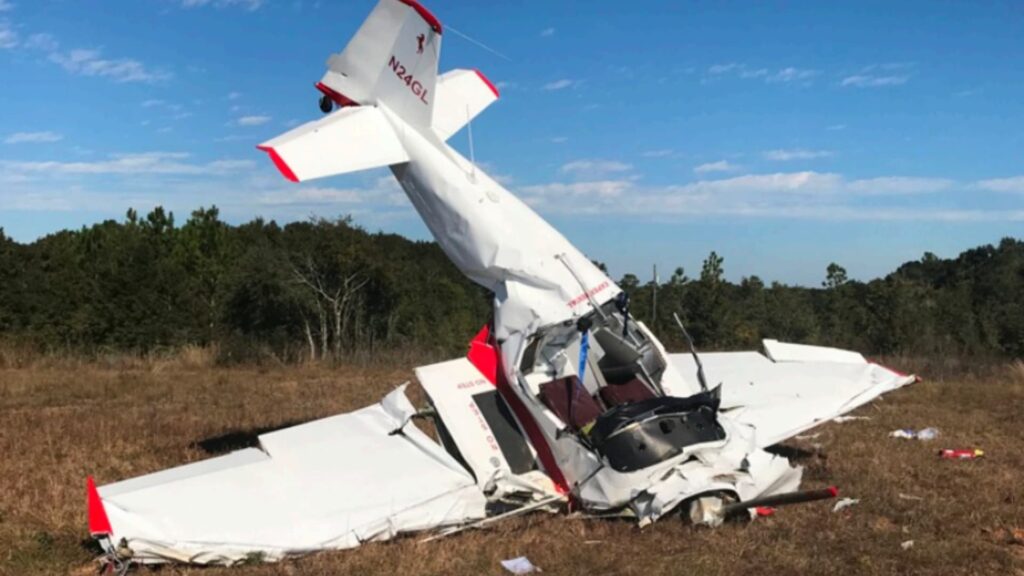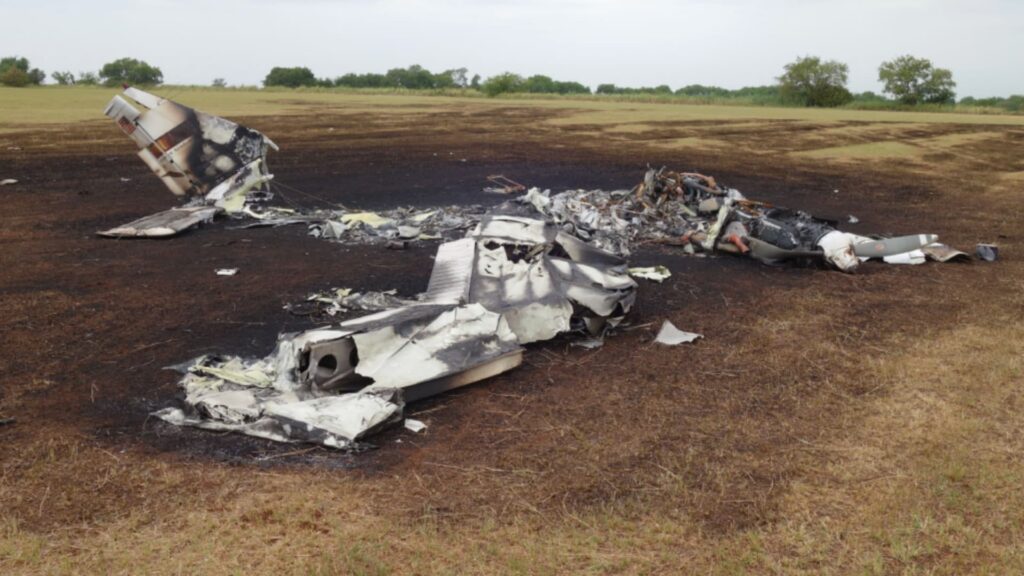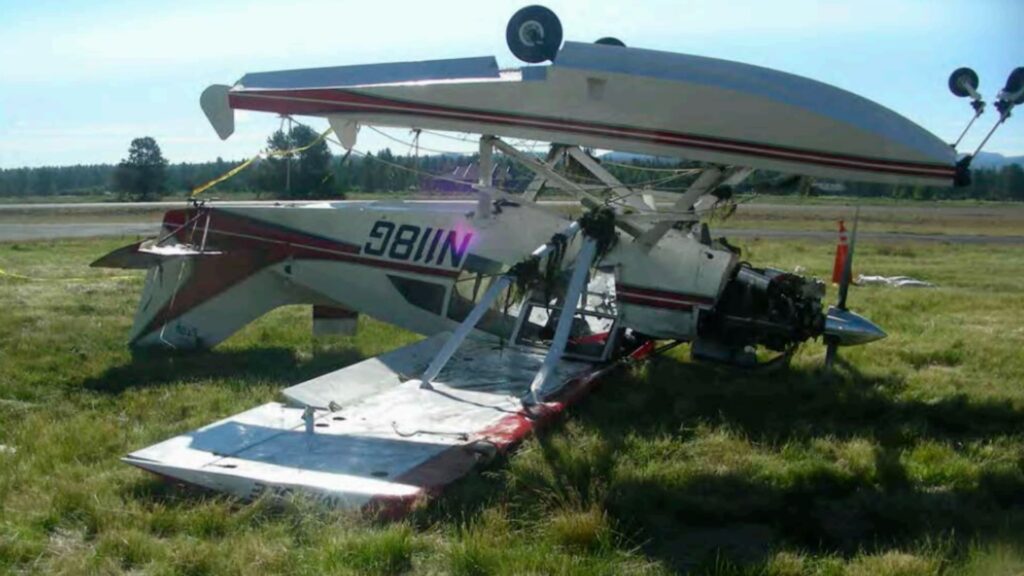On August 23, 2019, a homebuilt Aventura II (N9143M) crashed near Minneola, Florida, killing its 63-year-old pilot. The cause? A risky carburetor modification that led to a partial engine failure, followed by an aerodynamic stall during an attempted return to the runway.
The Flight and the Fatal Decision
The pilot, an experienced experimental aircraft builder, had recently installed a supercharger and was tweaking the carburetor to improve fuel efficiency. The day before the accident, he swapped out the jets, but the engine ran rough. The morning of the crash, he adjusted the carburetor float tabs, performed a run-up, and believed the issue was resolved.
At 11:15 AM, he took off from Florida Flying Gators Airport (3FD4), planning to fly to DeLand, Florida. However, at 300 feet above the ground, the engine sputtered and lost power.
Instead of landing straight ahead, the pilot attempted a return to the airport, making a steep left turn. The aircraft stalled and plummeted nose-first into the ground, killing him on impact.

Investigation Findings
- Engine failure due to improper modification
- Post-crash analysis showed the engine was running too rich, likely causing the power loss.
- Aerodynamic stall during the turn back to the runway
- The pilot exceeded the critical angle of attack while attempting to return, which led to a stall and crash.
- Toxicology report found THC in the pilot’s system
- Marijuana’s active compound was detected, but it’s unclear if impairment was a factor.
Lessons to Learn
Turning back to the airport after an engine failure at low altitude is extremely dangerous. A straight-ahead emergency landing is often the safer option.
Modifying an aircraft’s engine requires thorough ground testing before flight. An engine failure in the air is not the time to discover a problem.
While it is uncertain whether THC impairment contributed to the crash, flying requires full mental clarity. Any substance that affects judgment or reaction time is a risk factor.
Final Thoughts
This accident was entirely preventable. An unnecessary engine modification and a risky turn-back attempt turned a manageable emergency into a fatal crash.
Fly smart, know your limits, and avoid unnecessary risks.
